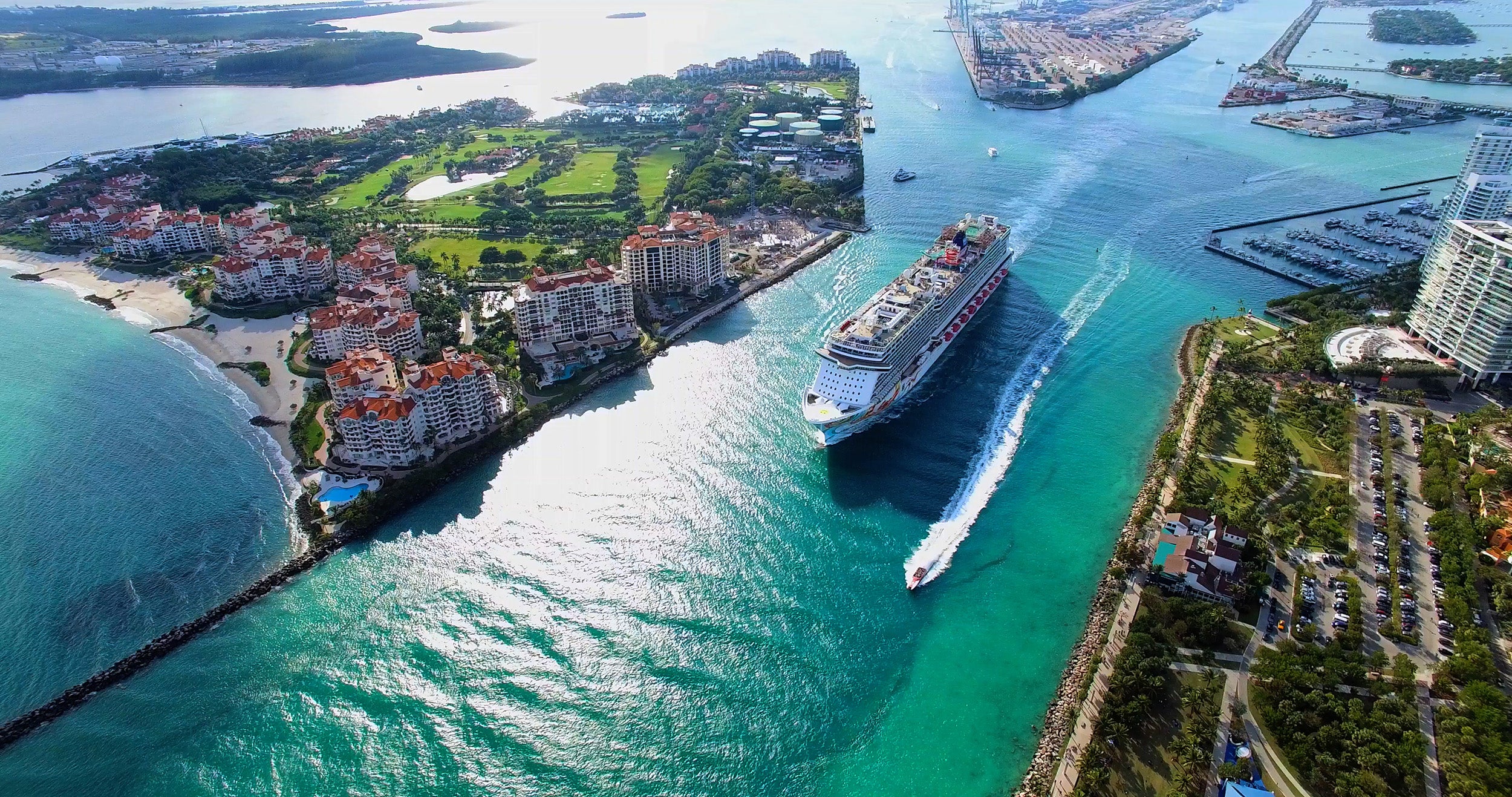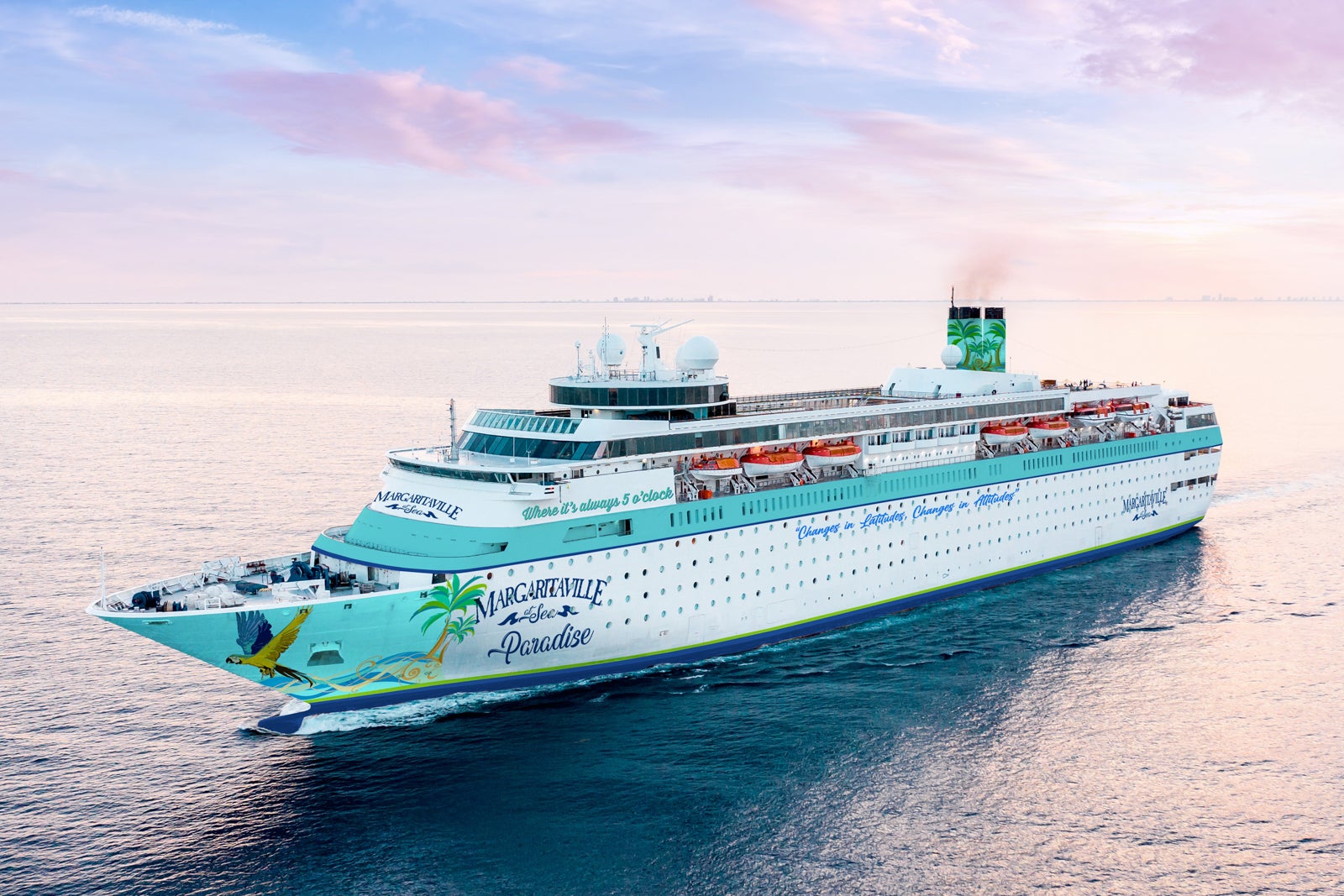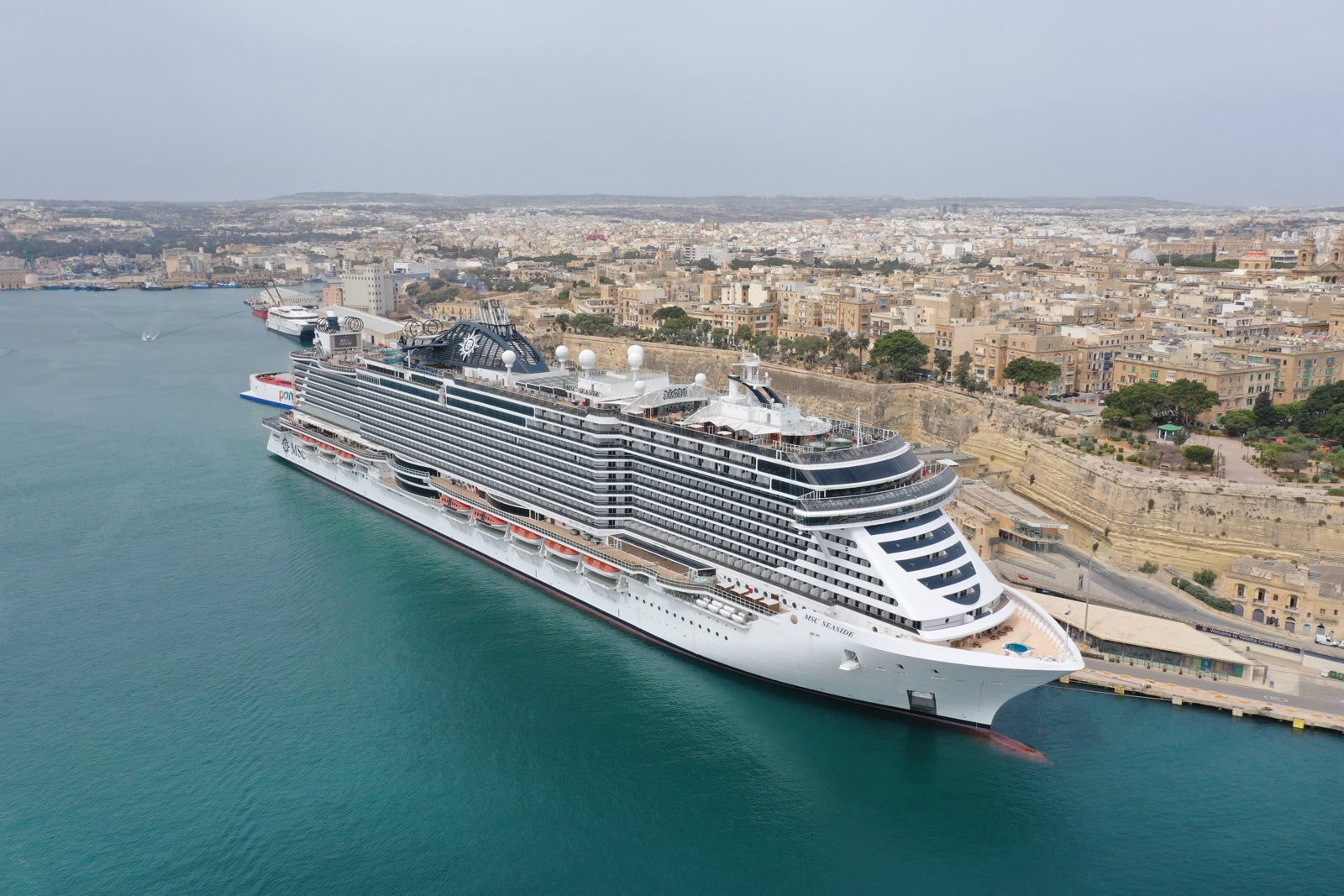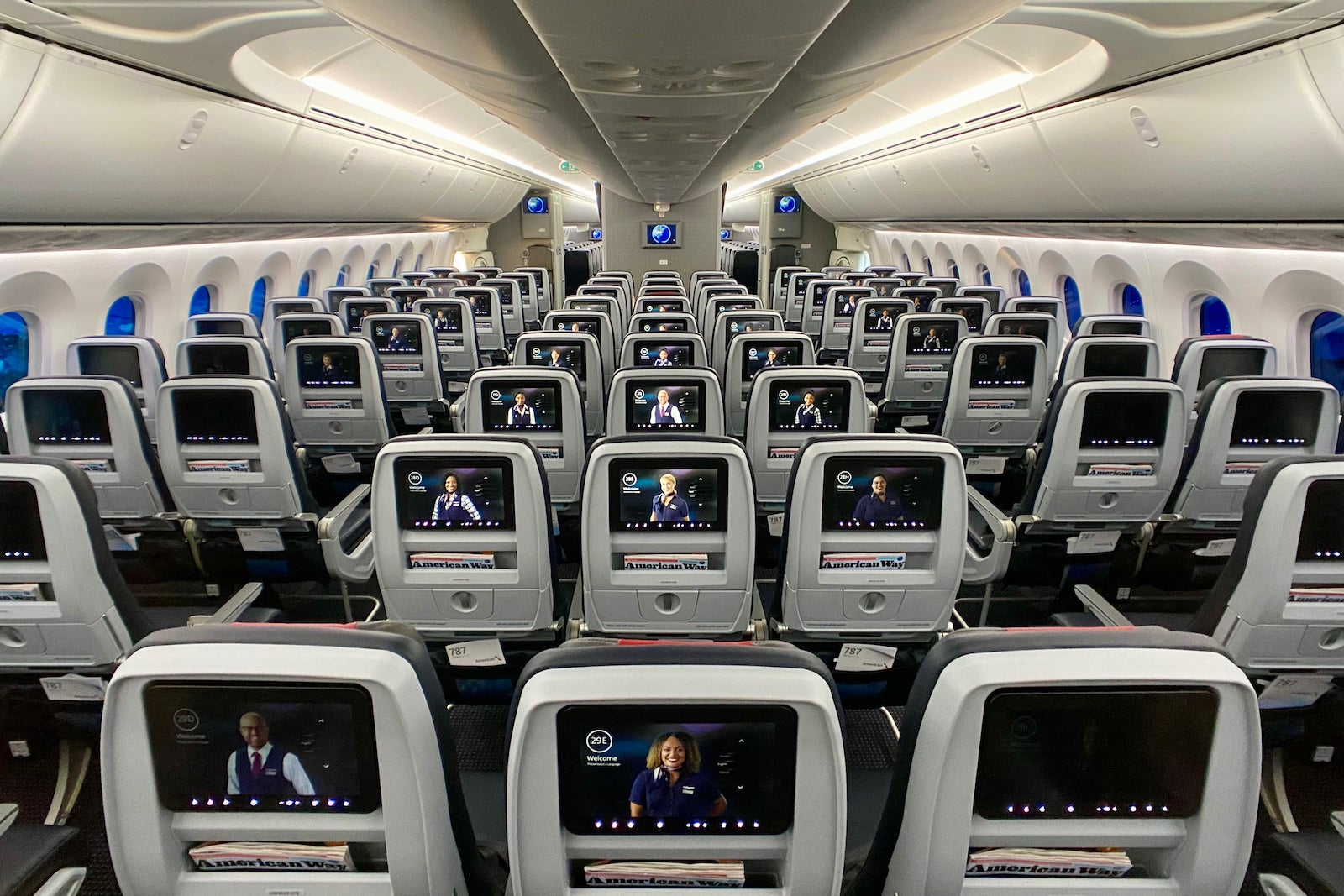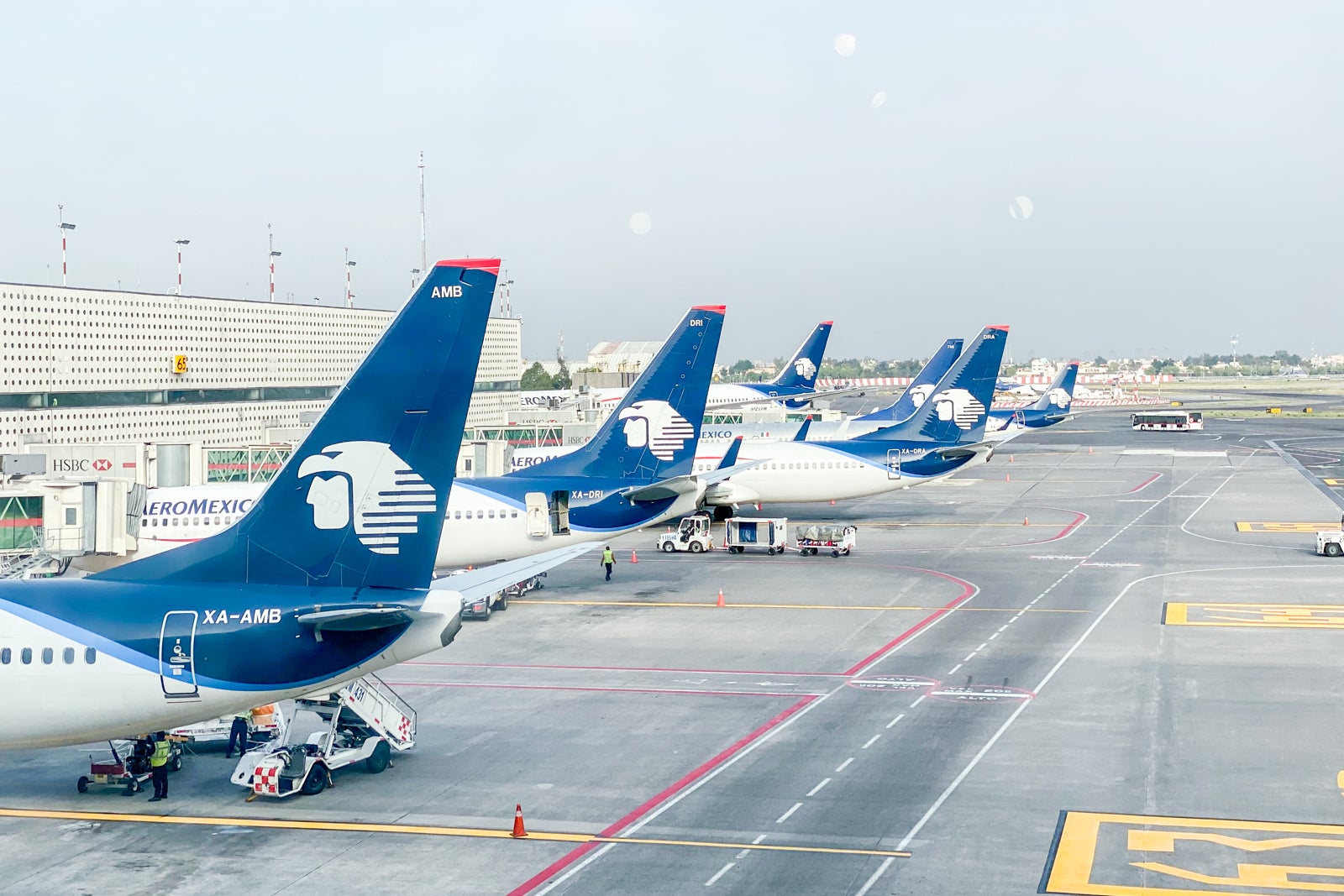What is the CDC Vessel Sanitation Program? All about the CDC VSP
On a cruise ship, you share common areas with hundreds — or, more often, thousands — of people. It’s important to know these spaces are clean and safe.
In the 1970s, the U.S. Centers for Disease Control and Prevention established the Vessel Sanitation Program to ensure cleanliness on cruises. The goal of the program is to track and respond to outbreaks of infectious diseases on vessels across the industry. The main focus on gastrointestinal illnesses like norovirus.
Below is an overview of what the VSP does to protect cruisers from sickness that could confine them to their cabins during what should be an enjoyable getaway.
What is the CDC Vessel Sanitation Program?
The Vessel Sanitation Program is an initiative to help the cruise industry prevent and control the introduction, transmission and spread of gastrointestinal illnesses — such as norovirus — on passenger vessels. The program operates within the CDC and is under the authority of the Public Health Service Act.
Under the CDC VSP, ships that accommodate 13 passengers or more and call on U.S. ports are required by U.S. law to submit to random, unannounced cleanliness and sanitation checks.
Program inspectors board cruise ships when they’re in U.S. ports and evaluate several key areas like galleys, restaurants, medical facilities, pools, hot tubs and other public areas that pose a high risk for contamination. The scoring system is out of 100, and ships lose points for every infraction. The program maintains high standards, as scores of 85 and lower are considered failing.
Another purpose of the VSP is to train cruise ship employees on public health practices. According to its website, the CDC provides health education as well as reliable and current public health information to the cruise ship industry, the traveling public, public health professionals, state and local health authorities, and the media.
The inspection categories
| Major areas VSP inspects on a ship: | Inspectors look at: |
|---|---|
| Medical facilities | Documentation for gastrointestinal illness surveillance and medical logs |
| Potable water systems | Monitoring of water, from when it’s sourced until it’s used, including things like purification, disinfection and storage |
| Swimming pools and whirlpool spas | Filtration, disinfection, general maintenance and safety |
| Galleys and dining rooms | Food protection during sourcing, provisioning, storage, preparation and service, employee health and personal hygiene and facility equipment maintenance and dishwashing |
| Child activity centers | Properly equipped diaper changing stations, toilets and handwashing stations, facility disinfection, infection control for ill children |
| Hotel accommodations | Routine cleaning sequences and infection control procedures during outbreaks of gastrointestinal illness, including the use of appropriate disinfectants and outbreak policies |
| Ventilation systems | System maintenance and system cleaning |
| Common areas of the ship | Integrated pest management strategies, general cleanliness, maintenance |
How often are cruise ships evaluated?
The inspections are periodic and unannounced. The goal is to inspect operational sanitation without alerting officers and crew to when the inspectors are coming. Under the program, cruise ships are inspected two times a year.
“If a ship sails outside of the United States for an extended period, it may not be inspected twice a year, but it will be inspected again when it returns to the United States,” the CDC notes.

Daily Newsletter
Reward your inbox with the TPG Daily newsletter
Join over 700,000 readers for breaking news, in-depth guides and exclusive deals from TPG’s experts
Rest assured that the ships will be checked if they are under the VSP’s jurisdiction.
CDC cruise ratings: The cleanest cruise ships
Are cruise ships clean? These sure are. At the time of publication, here are the vessels that scored perfectly — 100 out of 100 — on their cruise ship cleanliness ratings in the past year:
- Radiance of the Seas, Royal Caribbean — July 21, 2024
- MSC Meraviglia, MSC Cruises — July 9, 2024
- Norwegian Bliss, Norwegian Cruise Line — June 22, 2024
- MSC Seashore, MSC Cruises — May 26, 2024
- Norwegian Sky, Norwegian Cruise Line — May 23, 2024
- Brilliance of the Seas, Royal Caribbean — May 16, 2024
- Viking Polaris, Viking Cruises — April 2, 2024
- Norwegian Breakaway, Norwegian Cruise Line — Feb. 25, 2024
- Celebrity Equinox, Celebrity Cruises — Feb. 15, 2024
- Norwegian Escape, Norwegian Cruise Line — Jan. 27, 2024
- Explora I, Explora Journeys — Jan. 25, 2024
- Disney Fantasy, Disney Cruise Line — Jan. 24, 2024
- Celebrity Ascent, Celebrity Cruises — Jan. 7, 2024
- Norwegian Gem, Norwegian Cruise Line — Jan. 2, 2024
- Viking Sky, Viking Cruises — Dec. 20, 2023
- Celebrity Beyond, Celebrity Cruises — Dec. 11, 2023
- Voyager of the Seas, Royal Caribbean — Nov. 13, 2023
- Carnival Panorama, Carnival Cruise Line — Nov. 4, 2023
- Spirit of Discovery, Saga Cruises — Oct. 8, 2023
- Viking Octantis, Viking Cruises — Sept. 30, 2023
- Oceania’s Vista, Oceania Cruises — Sept. 20, 2023
- Jewel of the Seas, Royal Caribbean — Sept. 14, 2023
CDC cruise ship ratings: The dirtiest cruise ships
Are cruises dirty? Below are the vessels that had failing cruise ship health inspections in the last two years, as of the time of publication. It’s a short one, as there are only two. Click on the cruise ship’s name to see a breakdown of each score.
Note: A failing score doesn’t necessarily mean a ship is dirty in the sense that you’ll find grime everywhere or that your cabin won’t be clean. Rather, ships can lose points for things like improper food storage or pools that aren’t properly chlorinated.
Are cruise ships dirty? Do cruises make you sick?
CDC officials take cruise ship cleanliness seriously, so the short answer is no to both of those questions. When cruise ships follow CDC protocol, they are not dirty and will not make you sick. Although there are always exceptions, the cruise industry is held to high standards of cleanliness on its ships.
The chances that you’ll get sick on a cruise are no higher than anywhere else where you’re around lots of people. In fact, according to the CDC, the likelihood is lower on ships.
“People often associate cruise ships with acute gastrointestinal illnesses, such as norovirus, but acute gastrointestinal illness is relatively infrequent on cruise ships,” the CDC says on its VSP website. Based on the math, you have less chance of catching a gastrointestinal illness on a ship than at many places you’re likely to visit on land.
The CDC estimates only about 1% of all annual U.S. norovirus cases happen on cruise ships. The numbers are greatest in nursing homes, hospitals, schools and restaurants, which collectively account for about 91% of cases.
When do cruise lines report outbreaks under the CDC Vessel Sanitation Program?
As required by the CDC, cruise ships must report cases of gastrointestinal illness to VSP officials no fewer than 24 hours before arriving in any U.S. port.
When 2% or more of the onboard population is sick, cruise ships must provide further reporting to the CDC and must do so within two weeks of arriving in the U.S. VSP officials conduct investigations when the threshold of ill passengers reaches 3% or more.
Where can I find more information about the CDC Vessel Sanitation Program?
Use these resources from the CDC’s website to find out more about the program, how it’s enforced and how your favorite ship scored during its last inspection. You can also click the links throughout this article to learn more about how the CDC VSP handles inspections, crew training and the reporting and investigation of outbreaks.
Bottom line
Cruise ships are generally safe and clean, and the CDC Vessel Sanitation Program is designed to ensure the latter stays true. (The U.S. Coast Guard inspects ships for safety, while the VSP keeps everything clean.) Each passenger ship that calls on U.S. ports is evaluated during a random, unannounced CDC VSP inspection twice a year, and the guidelines are strict.
From proper food handling to the cleaning and sanitation of highly trafficked public spaces, CDC officials are highly trained and know how to spot infractions. They also offer training to crew in an effort to educate them on best practices.
The next time you’re thinking of cruising, visit the VSP website to see how your ship recently scored. It’ll give you peace of mind when you sail.
Have more cruise questions? TPG has answers:

